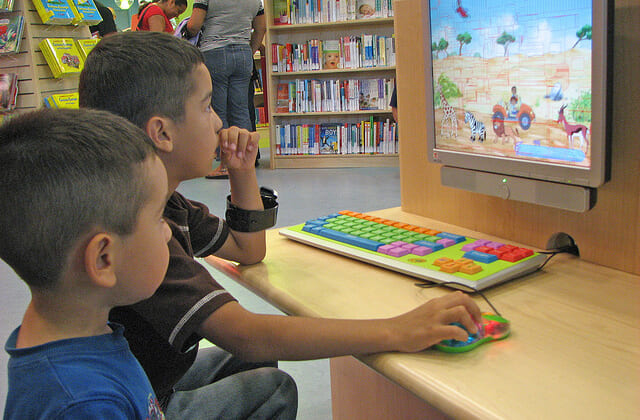The Post-Hurricane Classroom

Many schools in the Northeast are back in session tomorrow, one week after Hurricane Sandy wreaked havoc on the East Coast and shut down states’ schools and businesses. The children of these hard-hit areas have suffered- and have seen suffering- every day since the hurricane made landfall. Now it’s time to rebuild and to reorganize.
As a teacher, you will be the first adult to greet the children at school as they try and resume a normal schedule and cope with all that they’ve seen this week. This is a big responsibility and one that should be handled with care and compassion. Here are some tips for speaking with your students as they enter your class this week.
Give facts about what happened.
Children who had power were likely watching the news and listening to the adults share information about their communities and others hit hard by the storm. Those without power relied on word of mouth to receive updates on the state of their communities. Correct misinformation if you can and speak in clear and simple terms.
Allow students to share their feelings.
This may take a long time as every child in your class was likely impacted in some way, but give everyone a chance to speak. For children, the sudden change in routine can be disorienting and they need time to process what’s happened. Use supportive phrases like “That must be hard for you” and “I’m sorry that happened to you” as they share their experiences. Don’t compare a child’s situation to a classmate’s or to another community. All feelings are valid and should be ackowledged. Children don’t always explicitly express their emotions so ask them “How did that make you feel?” to enhance their understanding of the situation and how it’s affected them. End the conversation on a positive note by explaining that now people will build their houses again and they will get new items for their homes. It’s imporant children see a resolution.
Review safety rules.
Many children will be afraid another hurricane will come and destroy their homes so review safety procedures for a storm, such as stay inside and bring in outside items that could break or cause damage. Reminding students there are ways to safe in situations they can’t control will reduce anxiety level.
Get active!
Choose a charity and ask students to donate items or money. Contributing to the recovery effort will help children feel empowered and in control. After the tsunami in Japan, one of my students told me she wanted to fly to Japan to help so instead I suggested she and her classmates donate the money from our class store to the Red Cross. They were so proud when they filled our can with coins and sent out a donation to help people in need.
Get back to work.
Once students have had time to share their experiences, resume your daily schedule as best you can. Limit homework as some students may not have power back and only have a short amount of daylight after school by which to do their work at home.
Keep an eye out for struggling students.
It’s hard to predict how children will react to stressful situations so monitor students for changes in mood or appetite, which are signs they are feeling down. Speak immediately to the child’s parents and the guidance counselor as more support may be needed to ensure the child is getting the care he needs to cope with such a tragic situation.
